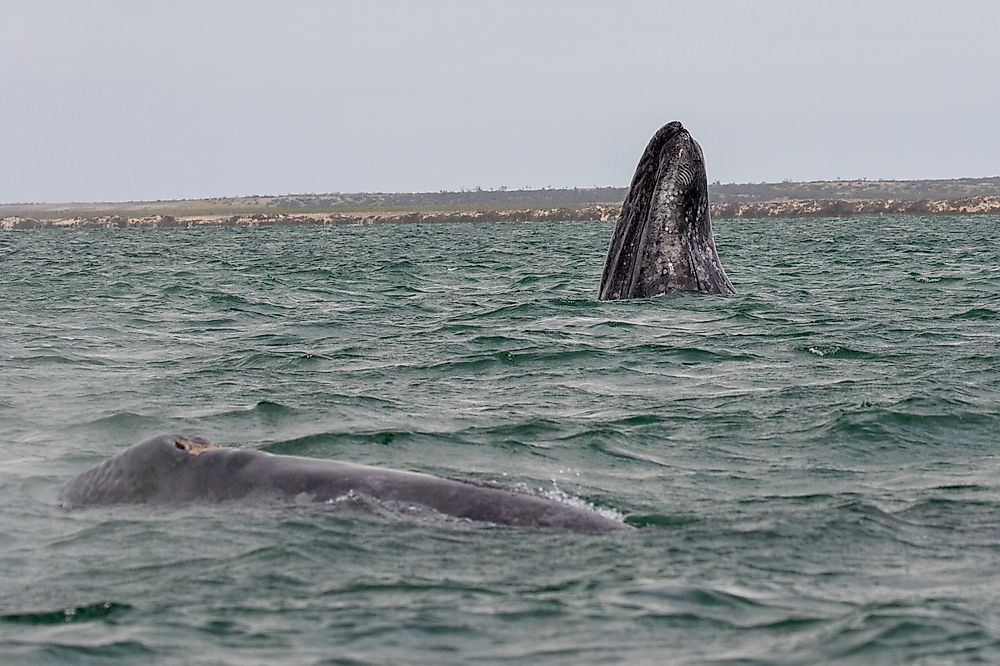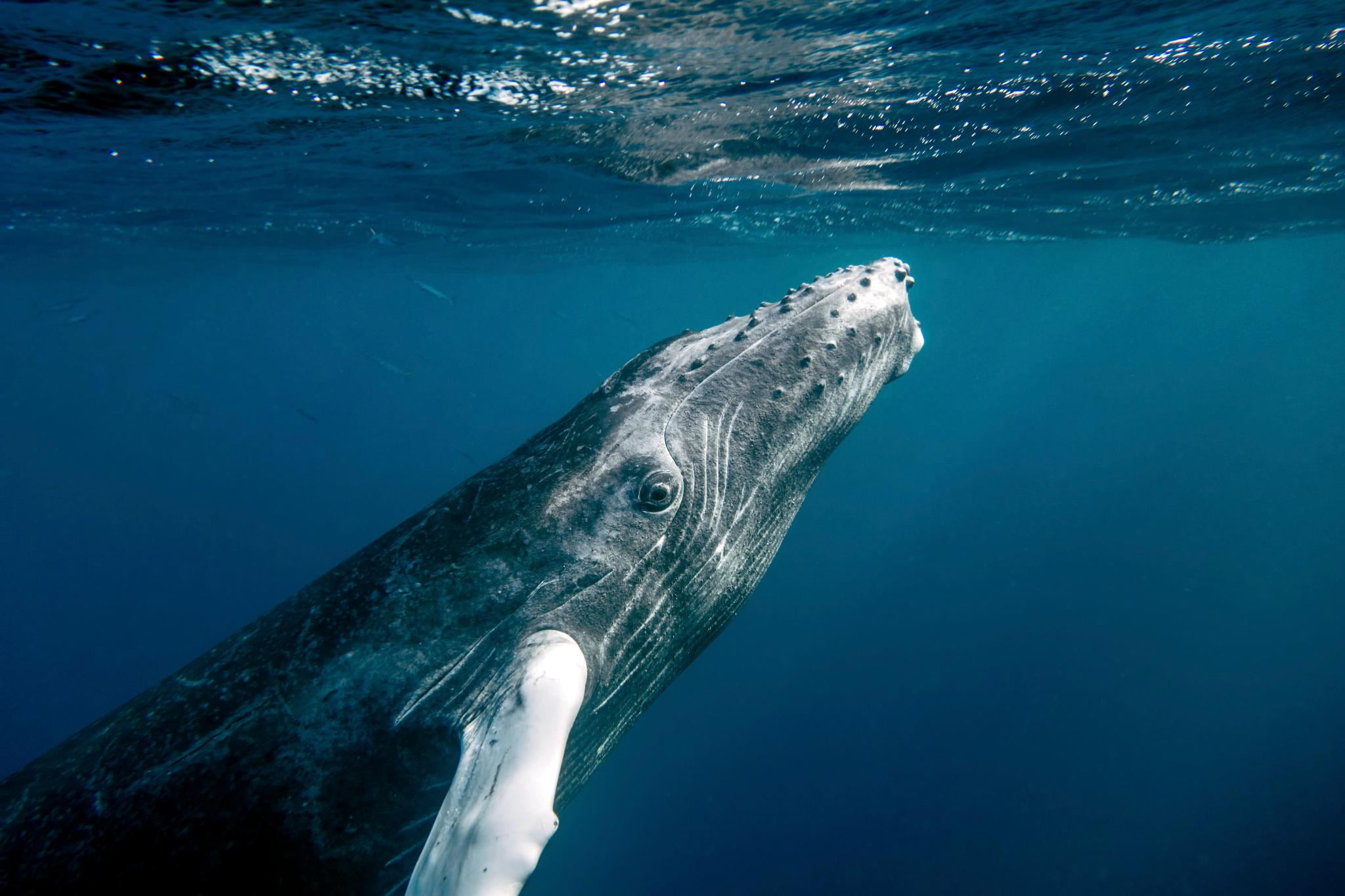
Western Pacific population: The western Pacific subpopulation remains at a small fraction of past levels and is estimated to number about 100 individuals, of which 20 to 30 are mature females. Population Atlantic population: ExtinctĮastern Pacific population: The most recent estimate is 15,000 to 22,0-02. They are largely coastal although they do feed at greater distances from shore on the shallow shelf of the Bering and Chukchi seas. Gray whales are primarily bottom feeders and are thus restricted to shallow continental shelf waters for feeding. Migration routes are along the North American coastline from the colder waters of the Bering Sea to the warm lagoons of Baja, California. Habitat Gray whales mate and give birth in warmer water lagoons of Baja, California. The Atlantic populations disappeared as larger scale commercial whaling began in the 17th century. There are historical accounts of living gray whales from Iceland in the early 1600s and possibly off New England in the early 1700s. Sub-fossil remains, the most recent dated at around 1675, have been found on the eastern seaboard of North America from Florida to New Jersey and on the coasts of the English Channel and the North and Baltic seas. The gray whale was once found in the North Atlantic.

Hugging the North American coastline, the whales swim south more than 10,000 km (6,000 mi.) to Baja California, Mexico. As the ice pack advances in the fall, gray whales embark on one of the longest known migrations of any mammal. They spend summers in the icy waters of the Bering and Chukchi seas, off Alaska. MALE Males gain sexual maturity when they reach around 11 m (36 ft).įEMALE Females gain sexual maturity when they reach around 11.5 m (38 ft) Life Span Approximately 40 years Range California gray whales inhabit the eastern North Pacific Ocean. Sexual Maturity Gray whales become sexually mature between 6 and 12 years with an average of 8 to 9 years old. By the end of this nursing period, the calf reaches a size of around 8 m (27 ft.) and 6,800 kg (15,000 lbs.). Gestation 13.5 months mating season is from November to December and birthing season is from December to February calving occurs about every two years Nursing Duration Females lactate for a seven-month period.

Gray whales suck sediment and food from the sea floor by rolling on their sides and swimming slowly along, filtering food through the 130 to 180 coarse baleen plates on each side of their upper jaw.

Diet Gray whales feed primarily on swarming mysids, tube-dwelling amphipods, and polychaete tube worms in the northern parts of their range, but are also known to take red crabs, baitfish, and other food (crab larvae, mobile amphipods, herring eggs and larvae, cephalopods, and megalops) opportunistically or off the main feeding grounds. A maximum length for them is about 15 m (49 ft.) Weight Females may weigh almost 32,000 kg (70,000 lbs.) The maximum weight for a gray whale is believed to be around 35,300 kg (78,000 lbs.)Īt birth, a gray whale is about 500 kg (1,100 lbs.). Their throat grooves number from 2 to 4.įemale: As with other baleen whales, adult females tend to be slightly larger than the adult males. Instead of a dorsal fin, they have 9–13 bumps or "knuckles" from the midpoint of the back to the tail flukes. Scientific Classification Common Name gray whale, gray back, devil fish Kingdom Animalia Phylum Chordata Class Mammalia Order Cetacea more recently Cetartiodactyla Suborder Mysticeti Family Eschrichtiidae Genus Species Eschrichtius (named in honor of Danish zoologist Eschricht) robustus (robust, strong)įast Facts Description This species of whale has short baleen, a proportionally small head when compared to other baleen whales, and no dorsal fin.


 0 kommentar(er)
0 kommentar(er)
